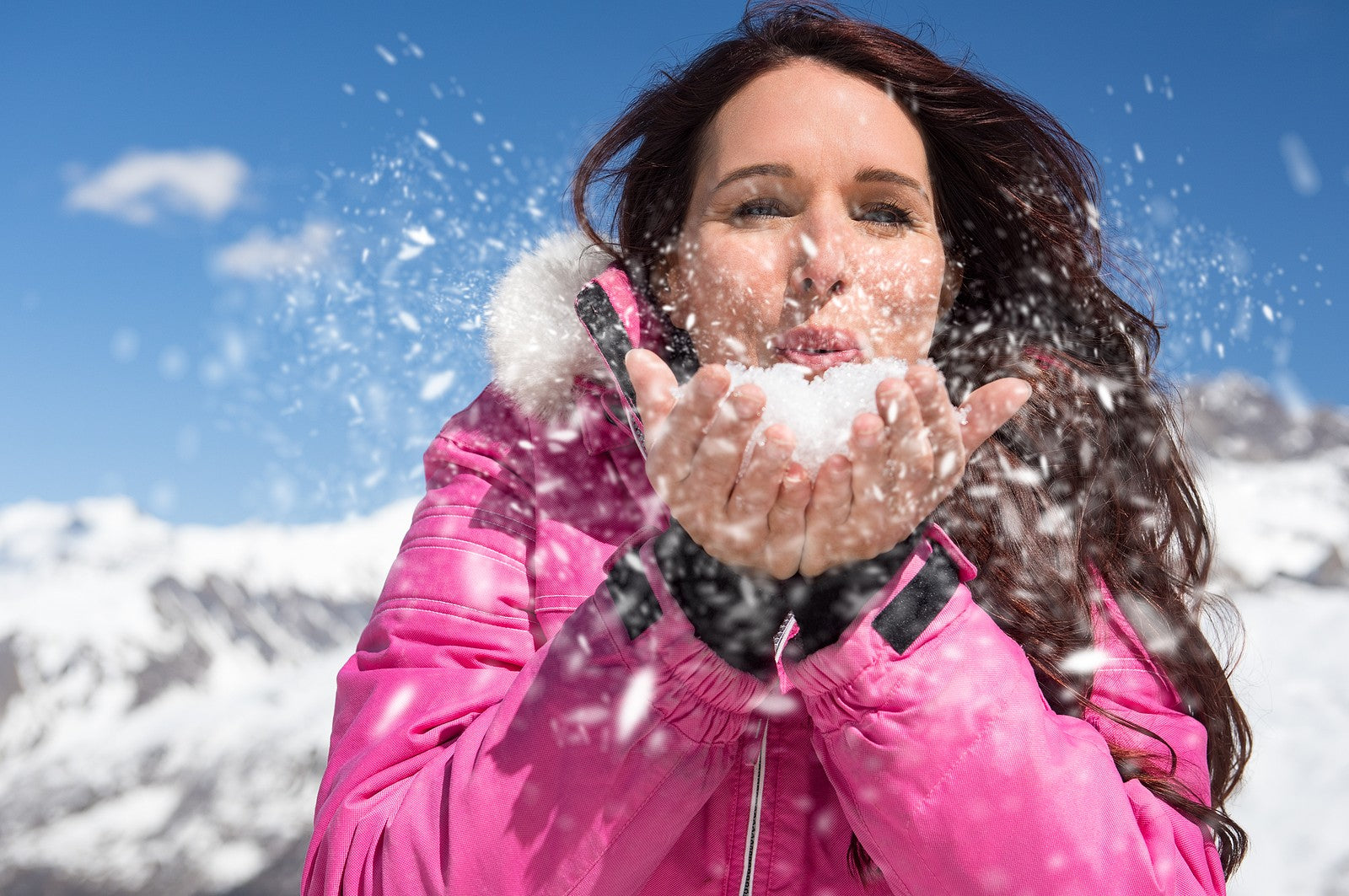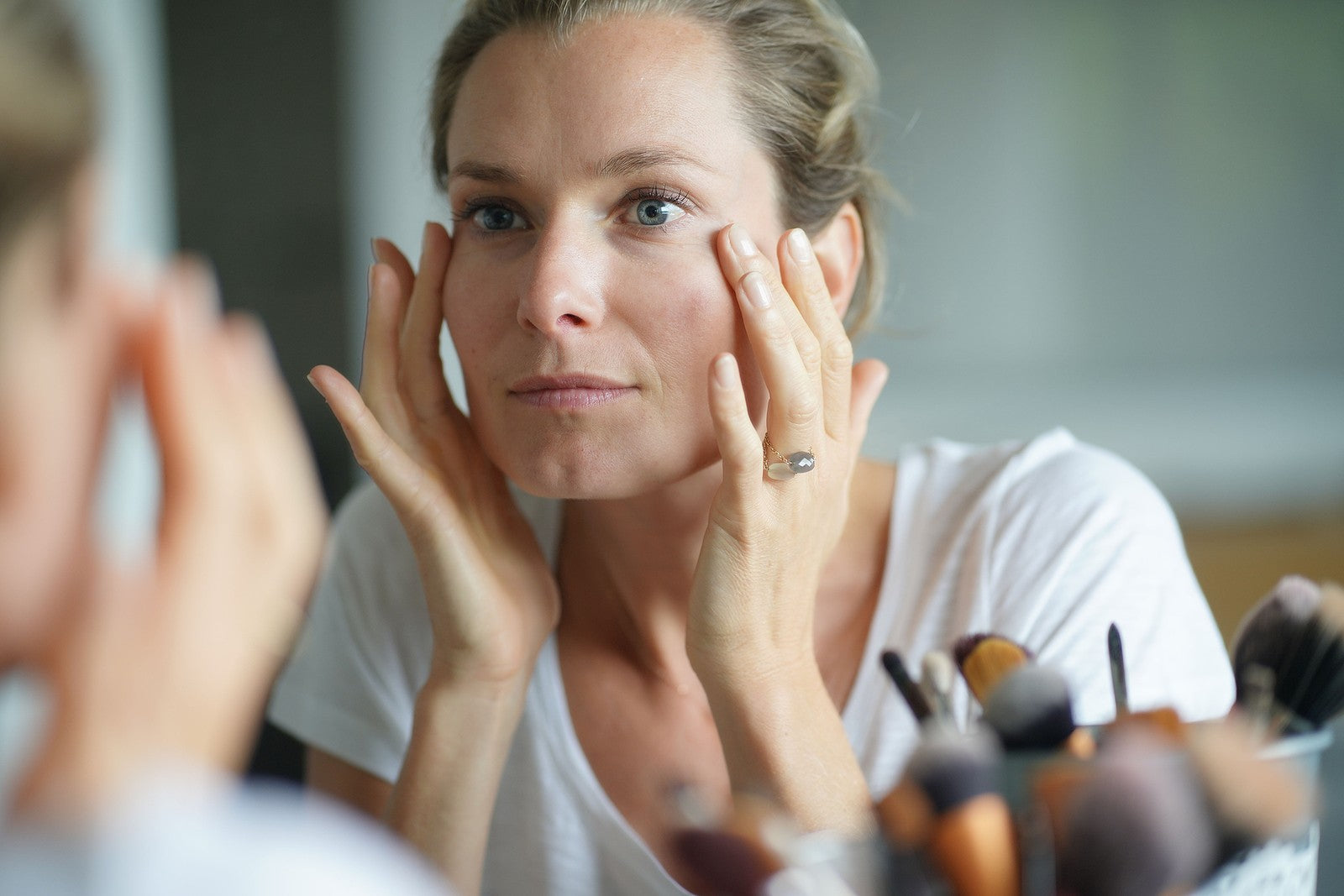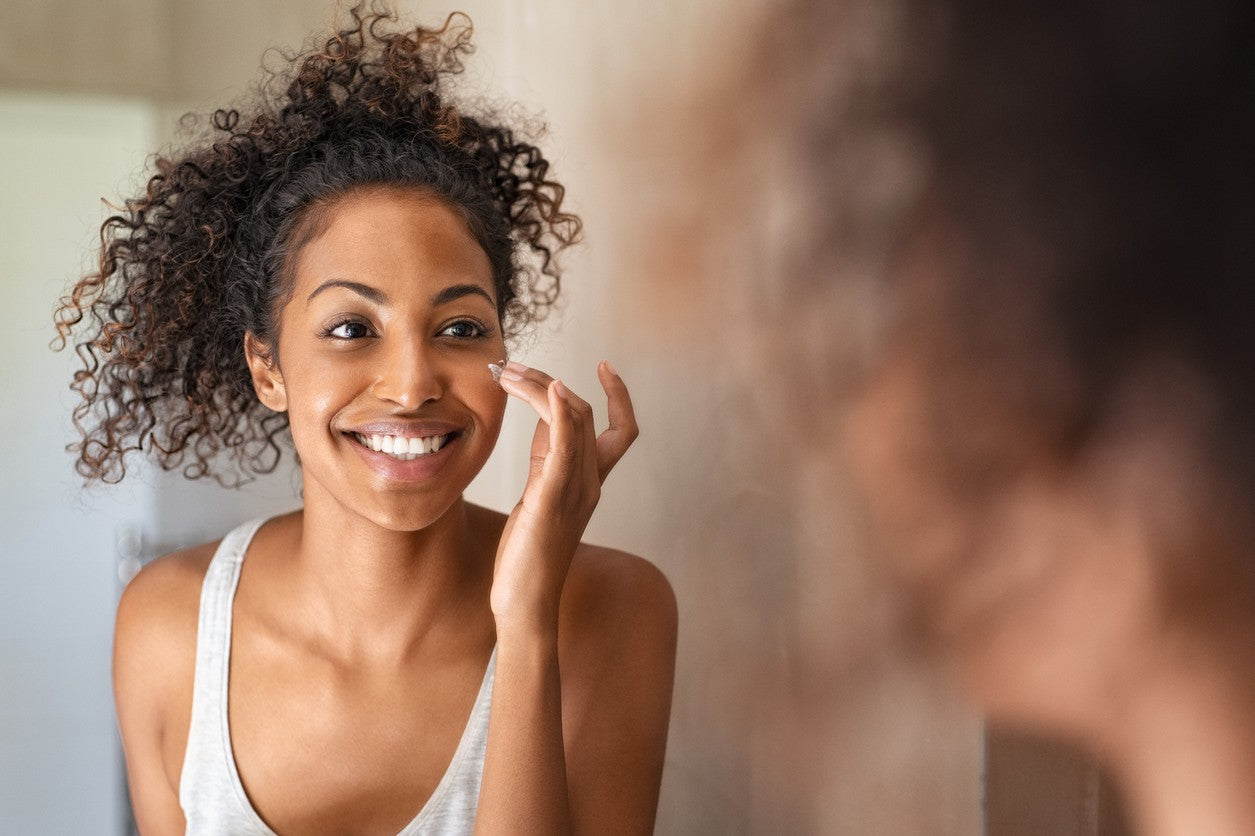
A Sunscreen for All Seasons: Why You Need UV Protection in Winter
In the summer, we know to wear sunscreen, but wintertime is not always as practical. The sun's UV rays are still highly visible, and people are less likely to remember to apply sunscreen in the winter. While the sun can still give you sunburn in the winter, ultraviolet rays are even more powerful. The snow reflects the sun's rays, which can increase your exposure by two to three times. Also, 80% of the UV radiation that falls on the ground is reflected by the fresh snow to your warm body in which, the amount of UV radiation you absorb is much higher than it would be in summer. So a day in the sun is as bad as a day on the beach!
Do You Need Sunscreen in Winter?
While you may not think that UV protection in the winter months is necessary, it is! It's important to use high-quality sunscreen in winter. As we know the sun's rays are present all year long, so it's still possible for your skin to get a sunburn and induce acne breakouts. These rays, known as UVB, are the most harmful, so you should protect yourself from them at all costs. In addition to using high-quality sunscreen, you should also be wearing a pair of wraparound sunglasses or UV-blocking goggles that have 100% UV protection.
Is SPF 15 Enough for Winter?
During the winter months, the amount of UVB rays is lower than during the summer months, which is why you should wear a broad-spectrum SPF. Therefore, you should still use an SPF for this season as the sun's UVA rays can also damage your skin. So say no to SPF 15 for the winter months, it's best to use an SPF of 30 or higher. This will ensure you don't have to worry about damaging your skin. It’s best to choose a broad-spectrum sunscreen that blocks UVA and UVB rays. Also, you should check your skin every month with a dermatologist to ensure that it is healthy and free from any signs of skin cancer.
How Should I Apply Sunscreen for Dry Winter Skin?
Apply sunscreen every two hours. Snow and strong winds can eat away at the SPF in a short time. For these reasons, you should reapply your SPF every few hours. While you're using sunscreen, keep in mind that you'll still need to protect your skin and for a great moisturizer boost our No. No. 4 Flawless Water Crème will keep your skin glowing.





